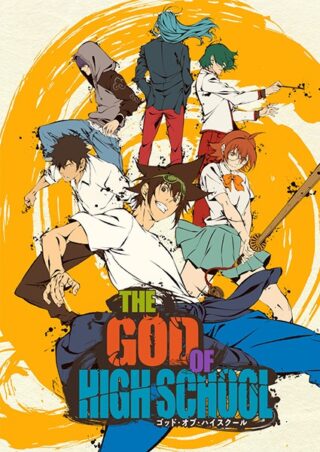Overview:
The God of High School exploded into the anime scene with stunning visuals, breakneck action, and a storyline that quickly evolved from martial arts tournaments to divine warfare. Adapted from a Korean webtoon originally serialized on Webtoon, the anime combines Korean mythology, high school dynamics, supernatural abilities, and fierce fighting styles in a story that escalates in both stakes and scale. With just one season released so far, The God of High School has made a lasting impression with its stylish animation, powerful characters, and deeper themes of loyalty, identity, and transcendence.
From its humble beginnings as a high school fighting tournament in Seoul to full-blown godly conflicts involving ancient deities and legendary martial arts, The God of High School thrives on its unpredictable storytelling and character intensity. But beneath the punch-heavy surface lies a rich narrative tapestry woven with mythology, ideology, and emotional arcs. This article explores the world of The God of High School in full depth—its characters, concepts, themes, and the reasons behind its growing global popularity.
The Premise – A Tournament Like No Other
The initial premise is deceptively simple: high school students from across South Korea compete in a national martial arts tournament called The God of High School to determine the strongest fighter. The winner will be granted one wish—any wish, regardless of the nature or scope. This concept, while grounded in familiar shonen tropes, is instantly appealing. It opens up the floor for diverse martial arts styles, dynamic character introductions, and fluid, high-stakes battles.
However, it doesn’t take long for the anime to peel back its layers and reveal that this is not a mere competition for glory. Behind the scenes, mysterious organizations are pulling the strings. The tournament is a front, concealing a much more dangerous agenda tied to ancient powers, godlike beings, and cosmic balance. As the fights intensify, the characters find themselves not only fighting for victory but for survival, truth, and a chance to shape the future of humanity itself.
The Core Trio – Mori Jin, Daewi Han, and Mira Yoo
At the heart of The God of High School is its central trio of protagonists—Mori Jin, Daewi Han, and Mira Yoo. Each comes from a different background, and each brings a unique fighting style and emotional journey that reflects broader themes within the anime.
Mori Jin is the charismatic, fearless main protagonist. Seemingly a carefree and happy-go-lucky martial artist obsessed with fighting strong opponents, Mori quickly becomes the soul of the series. However, there is much more to him than meets the eye. His combat prowess and natural instincts hint at a deeper mystery—one that becomes the axis around which the story pivots. As the series progresses, Mori’s identity becomes central to the overarching conflict involving gods and their chosen champions.
Daewi Han is the stoic and emotionally guarded fighter who enters the tournament to help his terminally ill friend. His character explores themes of loyalty, sacrifice, and justice. Though initially reserved, Daewi grows into a pillar of emotional strength and camaraderie, standing as a symbol of resilience.
Mira Yoo is a skilled swordswoman who believes in preserving her family’s sword style. Strong-willed and independent, she enters the tournament to gain the recognition and means to restore her family’s legacy. Mira represents the will to honor tradition while embracing personal growth. Her journey is one of discovering strength not just in combat but in spirit.
Together, the trio develops a bond forged in battle, trust, and shared struggle. Their friendship serves as an emotional anchor amidst the chaos and epic scale of the unfolding narrative.
Martial Arts Meets Mythology – The Charyeok System
A major twist in The God of High School comes with the introduction of Charyeok—a supernatural power system where fighters can borrow the strength of gods, demons, and mythical beings. With this development, the series transitions from grounded martial arts to fantastical warfare.
Charyeok can manifest in many forms—some fighters summon weapons, others channel destructive energy or even conjure beasts and ancient spirits. Each Charyeok reflects the user’s personality, beliefs, or subconscious identity, giving a psychological edge to combat. While some characters derive power from historical figures like Lu Bu or Guan Yu, others draw from deeper mythical or biblical origins.
The Charyeok system expands the combat mechanics dramatically, introducing spectacle, strategy, and symbolism. Battles become clashes of ideology and character rather than just technique. This shift also elevates the stakes, pushing characters to confront not only external enemies but internal fears and desires. The power they wield can corrupt, enlighten, or consume depending on how well they understand themselves.
The Rising Stakes – From Tournament to Apocalypse
What begins as a tournament story quickly escalates into a god-level conflict involving multiple factions. The mysterious organization known as Nox emerges as a primary antagonist group, seeking to enforce their own divine order by summoning their god and wiping out opposition. On the other side stands The Six—a group of the world’s most powerful individuals who understand the deeper forces at play and attempt to protect humanity from divine retribution.
As the protagonists delve deeper into this supernatural conflict, their personal battles become intertwined with a cosmic war. Gods from various mythologies—Korean, Christian, Buddhist, and more—are invoked, turning Earth into a battleground for divine supremacy.
The lore expands rapidly, yet the narrative ensures that every arc circles back to the characters' development and choices. Mori’s transformation, in particular, is a pivotal narrative shift. The revelation of his true identity as the Monkey King, Sun Wukong, reincarnated adds mythical gravitas to the series. It ties his physical prowess, unshakable will, and love for freedom to a legendary past, making his fight not just for survival, but for legacy and purpose.
Themes – Power, Freedom, and Faith
The God of High School explores several central themes, many of which are reflective of broader human experiences. One major theme is power—its nature, its cost, and its responsibility. Characters are constantly challenged by how they use the power they acquire. Is it for personal gain, to help others, or to impose beliefs on the world? This question echoes through every major fight and arc.
Freedom is another recurring motif, particularly embodied by Mori Jin. His fighting spirit is fueled by the desire to live freely, without the constraints of divine systems, social expectations, or authoritarian rule. His defiance of fate and refusal to kneel even before gods is what makes him a compelling protagonist.
Faith—both religious and personal—is intricately examined through Nox and other religious allegories. The anime doesn’t mock or endorse any specific belief system but rather questions how belief can shape morality and action. Characters on all sides are driven by faith—faith in gods, in humanity, in friendship, and in themselves. This pluralism gives the narrative philosophical weight.
Visuals and Animation – MAPPA’s Brilliance
One of the standout aspects of The God of High School anime adaptation is its animation, handled by MAPPA, one of the most prominent studios in the industry. The fight sequences are fluid, kinetic, and grounded in real martial arts choreography before expanding into supernatural spectacle. From precise taekwondo strikes to gravity-defying divine combat, the animation sells every punch, kick, and explosion with clarity and flair.
MAPPA’s use of dynamic camera angles, expressive facial animation, and striking color palettes adds a cinematic layer to each episode. The visual storytelling is enhanced by creative scene transitions, symbolic motifs, and impactful lighting that underscores mood and tension. It’s not just action for the sake of action—it’s emotionally resonant and character-driven.
Criticism and Room for Growth
Despite its strengths, The God of High School anime has not been without criticism. The pacing, particularly in the second half of the season, has been a major point of contention. Due to the dense source material, the anime condenses several arcs and character developments, sometimes at the expense of emotional depth and world-building clarity. Important backstories are sometimes glossed over or sped through, leaving newer viewers confused or overwhelmed.
That said, the anime excels in delivering visual excitement and high-concept ideas. The criticism mostly stems from a desire to see the story given more room to breathe—something a second season or extended adaptation could easily address.
The Road Ahead – Potential and Expectations
With the source material offering several more arcs and even deeper character exploration, The God of High School is ripe for continuation. Mori Jin’s journey has only just begun. The introduction of larger mythologies, multiversal threats, and divine hierarchies ensures that the story still has much to say.
A second season would ideally delve further into character introspection, origin stories, and political dynamics between the gods. It could offer slower pacing, more nuanced dialogue, and richer exploration of the world beyond Korea. The fans eagerly await updates, and the franchise's continued popularity gives hope that the story will return with even more force and finesse.
Conclusion – Gods, Glory, and Growth
The God of High School is more than just a tournament anime. It’s a high-octane ride through martial artistry, divine warfare, and emotional metamorphosis. While it begins with fists and kicks, it evolves into a story about gods and humans, power and purpose, identity and belief. The characters are bold, the visuals stunning, and the ideas profound.
At its core, The God of High School is a story about rising—through pain, through failure, through battle—toward becoming something greater. Whether you’re drawn by the spectacle, the mythology, or the characters’ emotional journeys, the series delivers a unique and unforgettable experience.
Mori Jin, with his indomitable spirit and relentless smile, reminds us that no matter how powerful the enemy, how dire the situation, or how divine the challenge—freedom and friendship are always worth fighting for. And in that sense, The God of High School becomes not just an anime, but a declaration of resilience and rebellion in a world that too often demands submission.
Characters and Voice Actors
Han, Dae-Wi
MainKumagai, Kentarou
JapaneseJin, Mo-Ri
MainTachibana, Tatsumaru
JapaneseYu, Mi-Ra
MainOhashi, Ayaka
JapaneseBaek, Seung-Chul
SupportingUchida, Yuuya
JapaneseBongsa, Shim
SupportingSeki, Tomokazu
JapaneseByeon, Jae-hee
SupportingKajikawa, Shohei
JapaneseCommissioner O
SupportingKaida, Yuki
JapaneseCommissioner P
SupportingTano, Asami
JapaneseCommissioner Q
SupportingHamada, Kenji
JapaneseCommissioner R
SupportingKobayashi, Chikahiro
JapaneseGang, Man-Seok
SupportingSugita, Tomokazu
JapaneseGi-Ju, Moon
SupportingKiuchi, Tarou
JapaneseGo, Gam-Do
SupportingYoshino, Hiroyuki
JapaneseGwum, Gi
SupportingNagatsuka, Takuma
JapaneseHallyang, Seo
SupportingYasumoto, Hiroki
JapaneseJegal, Taek
SupportingTsuda, Kenjirou
JapaneseJeon, Jae-San
SupportingHashi, Takaya
JapaneseJin, Tae-Jin
SupportingOotsuka, Houchuu
JapaneseLee, Hyang-Dan
Supporting-
JapaneseMa, Mi-Sun
SupportingKaida, Yuuko
JapaneseMa-Rin, Lee
SupportingMaruyama, Naomi
JapaneseMah, Bora
SupportingKugimiya, Rie
JapaneseNa, Bong-Chim
SupportingHoriuchi, Kenyuu
JapaneseNam-Gung, Do
SupportingFujinuma, Kento
JapaneseNurse Heal
SupportingKobayashi, Yuu
JapaneseOh, Seong-Jin
SupportingMiki, Shinichiro
JapanesePark, Il-Pyo
SupportingUchiyama, Kouki
JapanesePark, Mu-Jin
SupportingNamikawa, Daisuke
JapaneseSang, Man-Duk
SupportingUchida, Yuuma
JapaneseSeungah, Park
SupportingSakura, Ayane
JapaneseYu, Su-Mi
SupportingKugimiya, Rie
Japanese
Show All
Recomended For You!
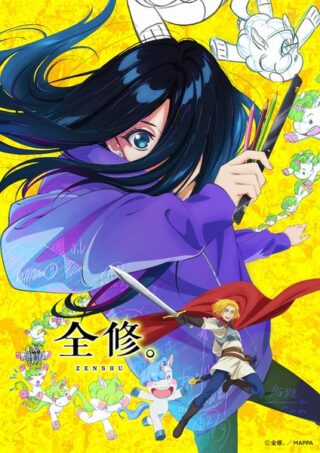
E?
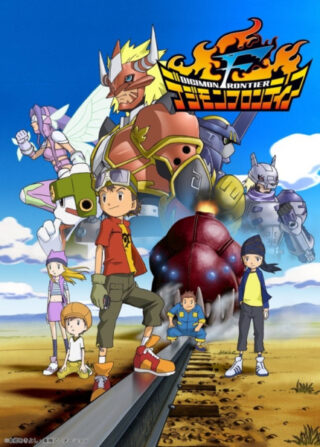
E?
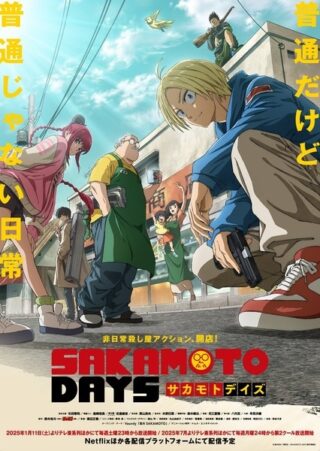
E?
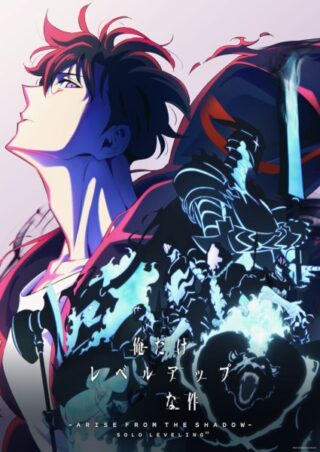
E?
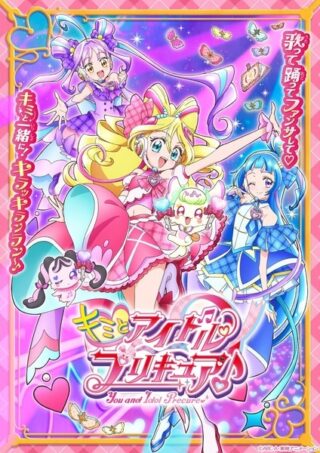
E?
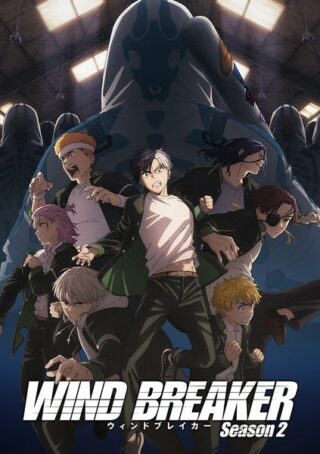
E?

E?
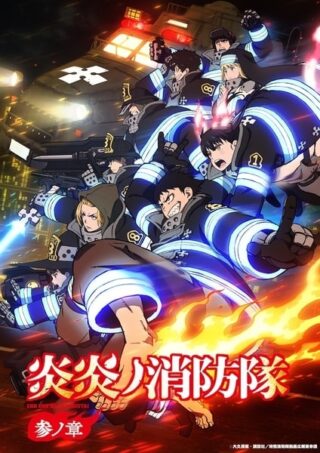
E?
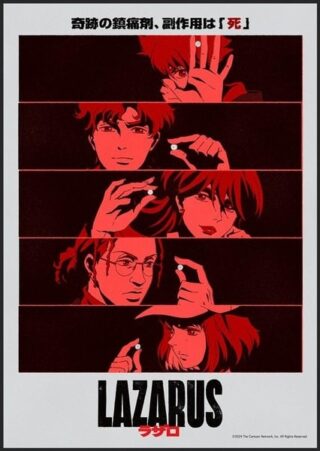
E?
